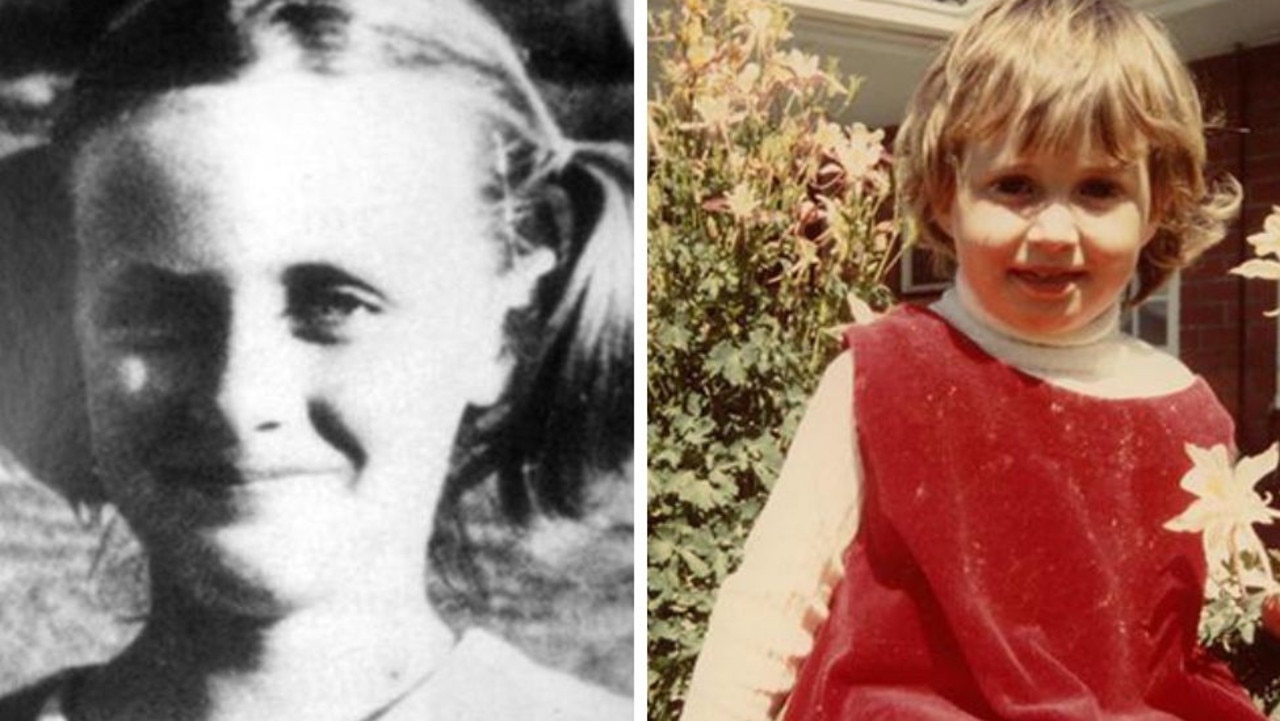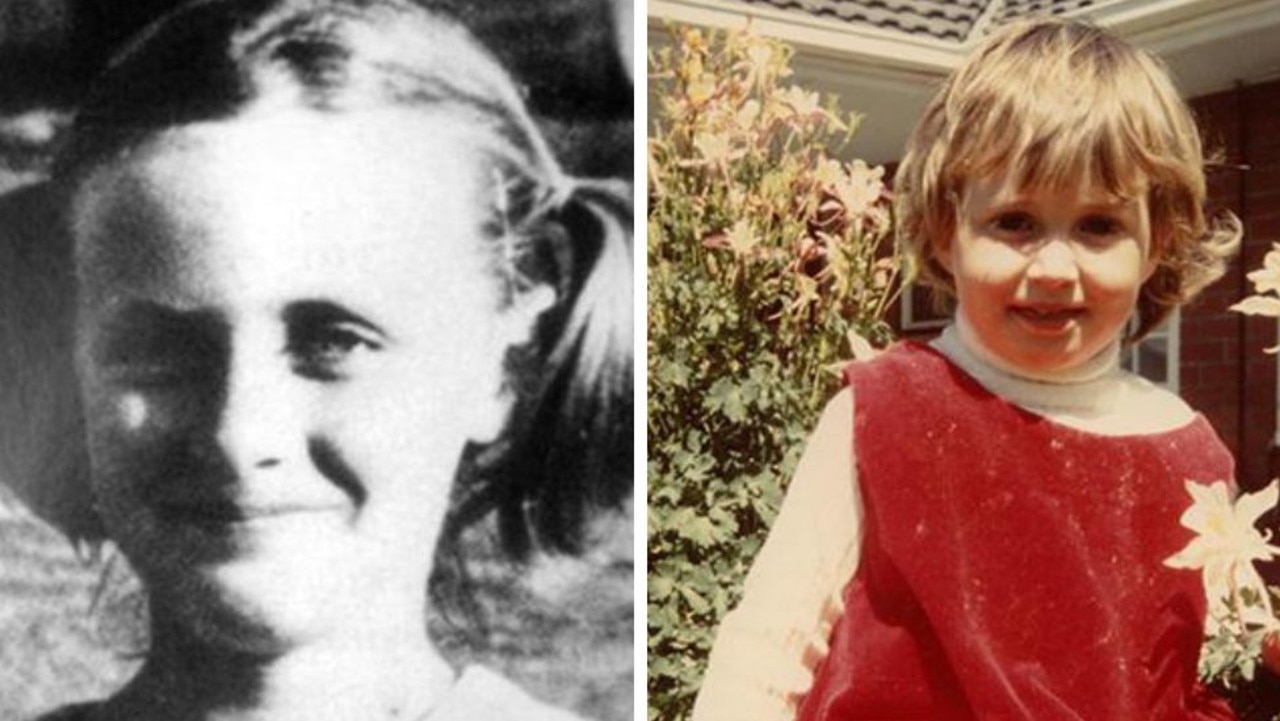Great-grandmother killed in double murder mystery: grandson determined to crack 93-year-old cold case
The great-grandson of woman killed in Australia’s greatest double murder mystery has discovered police cover-ups and corruption may be behind the 93-year cold case.
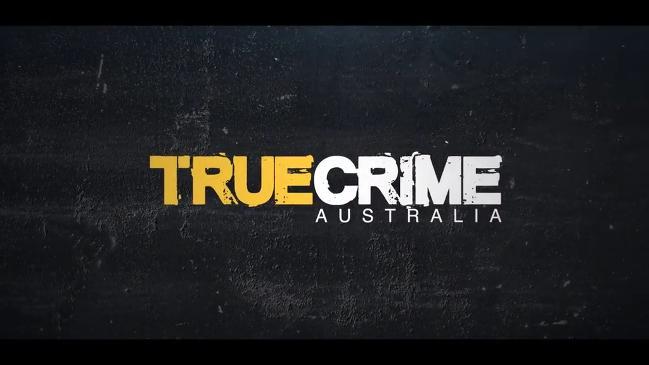
Albert Edward Hussey-Smith lay on his death bed.
At 77 and suffering from a faulty heart, the grandfather-of-25 knew he wasn’t long for this world.
He had just one dying wish: “Find my mother,” he begged his family.
As Mr Hussey-Smith took his final breaths, he knew little of his biological mother after a shock discovery at 50 revealed he was adopted.
He gleaned only a few details: her name was Eileen Gladys Christie, she gave birth at Brisbane’s Lady Bowen Hospital at 18 and no father was listed on the birth certificate.
But when Mr Hussey-Smith’s family sought to fulfil his dying wish they uncovered a terrible truth.
“Cause of death: gunshot to the head” read the death certificate of Mrs Eileen Gladys Walsh (nee Christie), who died December 23, 1926.
“Death Strikes Guilty Pair in Last Embrace”, “Police Sergeant and Married Woman Shot Dead” shouted the newspaper headlines of the time.

Mr Hussey-Smith’s mother died a victim of ‘Australia’s Greatest Double Murder Mystery’ -- shot dead while fornicating with a policeman in a paddock outside Brisbane’s Boggo Road Gaol.
While some family members preferred to “let sleeping dogs lie” Mr Hussey Smith’s grandson, Antony Rogers, 57, became obsessed with the 93-year-old cold case and after a decade of research has uncovered a tale of adultery, suspected money laundering, crooked cops and hitmen.
“I thought: I’ve got to just tell the truth,” says Rogers, who published his work in a book, Scaffold of Shame.
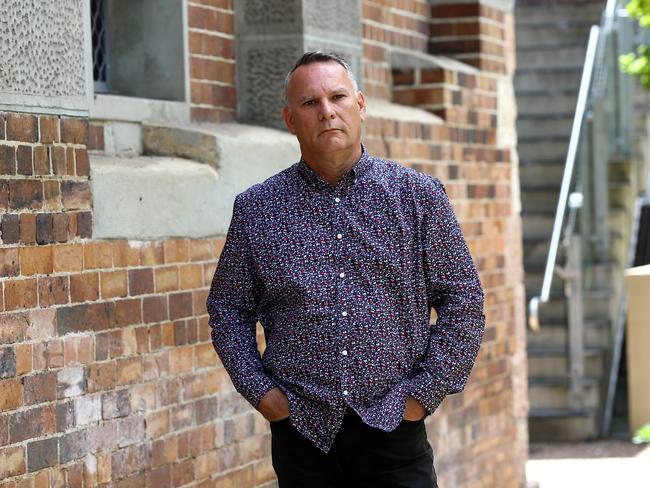
The mystery begins just before Christmas in December, 1926.
Two semi-clad bodies are found lying side-by-side in a paddock near Brisbane’s Boggo Road Gaol, their skulls gaping with bloody gunshot wounds, heads encircled by pools of blood, pallid faces upturned to the sky.
It appeared Mrs Walsh, a recently separated mother-of-two and Sergeant Cumming, a married policeman and father-of-five, had been in the midst of an adulterous public tryst when they were shot dead by a sneaking assassin.
Their bodies were discovered early the next morning on December 24, spotted by passengers aboard the first morning train as it passed by the paddock near Boggo Road gaol.
Soon crowds of onlookers gathered around the barbaric site.
Their clothes were undone and dishevelled. Mrs Walsh’s hair was matted with blood and her blouse stained a deep red.
Sergeant Cumming had blood congealed around the collar of his uniform. His right arm was outstretched, as if to strike his attacker before his body collapsed.
Police discovered several objects had been removed from the bodies.

Mrs Walsh was missing the wedding ring from her left hand, despite her mother and sister being adamant she was wearing it when she left the house at approximately 7.45pm the night before and Sgt. Cumming was missing his belt, handcuffs and keys.
Yet there were several valuables left behind, such as the policeman’s wallet and wristwatch so robbery didn’t seem to be a motive.
In a particularly unusual occurrence, Sgt. Cumming was also without his revolver. However, this was later found in a bag at his family home.
Did the assailant know Cumming was unarmed on the night of his attack?
“Police suspected the policeman’s wife and son,” says Rogers.
It was plausible wife Theresa and son Stanley might have known Sgt. Cumming had left his gun at home … and they appeared to have a motive.
“They were brought into questioning and they outlined stories of his infidelity in Mount Morgan (QLD) where he allegedly had a love child, as well as his liaisons in Brisbane,” says Rogers.
Indeed, the extent of Sgt Cummings’ adultery appeared to be extensive.
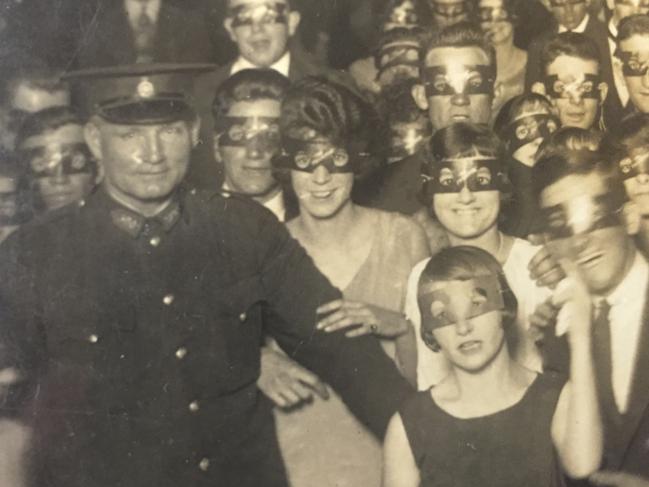
When police searched his locker at the station, they found piles of letters from female mistresses including one with whom he had fathered an illegitimate child.
“Theresa found out about his love child and had sort to get a legal separation,” says Rogers.
“She went and saw a solicitor but then her friends convinced her for the children’s sake she should forgive her husband and stay with him, and so that’s what she said she did.”
Mrs Cumming also revealed she once fired a shot at her husband when he came home one night from another woman’s arms.
Furthermore, the policeman’s relationship with his son, Stanley, was tumultuous with Stanley leaving home on two occasions out of fear of his father. There was also one occasion when Stanley caught his father on a date with another woman and followed the woman home to confront her.
But both Mrs Cumming and Stanley appeared to have rock-solid alibis on the night of the murders.
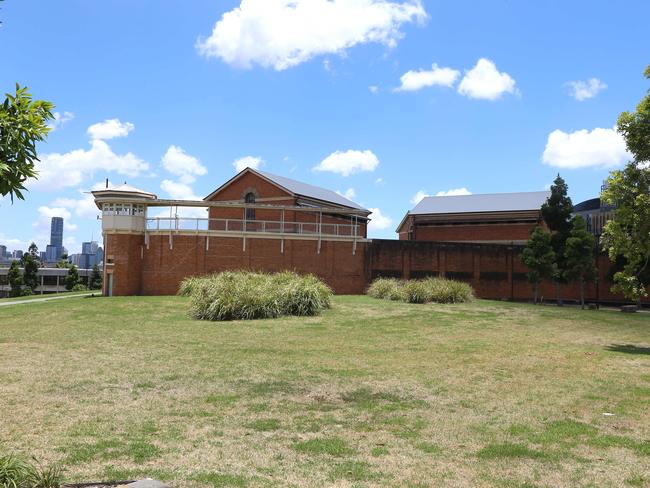
Rogers also noticed something curious about the love letters found in Sgt. Cumming’s locker.
On inspection of the letters, Rogers found inconsistencies.
In one, Sgt. Cumming incorrectly states the number of children he has. There was also a card that arrived at the police station the day after the murders, seemingly been signed by Eileen.
Yet despite the protestations of the investigating police it was authentic, Mrs Christie claimed the penmanship did not match the way her daughter signed her name.
Eileen’s husband James Walsh was another healthy suspect.
At the time of her murder, the couple had separated and Eileen was living with her mother, Mary Christie, and sisters.
Mrs Christie told police the relationship between Eileen and her husband was abusive and Eileen had left Mr Walsh on account of his drunkenness, violence and his inability to support her.
But Mr Walsh’s alibi of drinking with a friend, Henry Morris, appeared to check out and he was dismissed by police.
Of course, the extent of Sgt. Cumming’s illicit affairs, meant there were countless other cuckolded men with motive to murder him. Perhaps Eileen Walsh was just an innocent victim caught in the crossfire?

Five months after the murders, a magisterial inquiry was held into the deaths. A witness, James Jamieson, a waterside worker who knew Sgt Cumming, gave evidence he had seen the officer and a woman fitting the description of Eileen Walsh on the night of the double murder, and that they were being followed by two phantom figures.
He claimed as he entered his Dutton Park home at 9.26pm, he noticed two figures he believed to be male, standing in the dark near his house.
“When Cumming and the woman got about 30 yards along the road past my house, the two figures crossed the road and followed them. They walked quickly. And as Cumming and the woman turned up the gaol lane they followed them faster still,” said Jamieson.
However, the most incriminating piece of evidence to emerge during the inquiry came from publican Joe Herbert, who owned the Trocadero Dance Hall in South Brisbane.
Herbert recounted a conversation he had with Mrs Cumming, in which she complained about the adultery in her marriage and suggested murder as retribution.
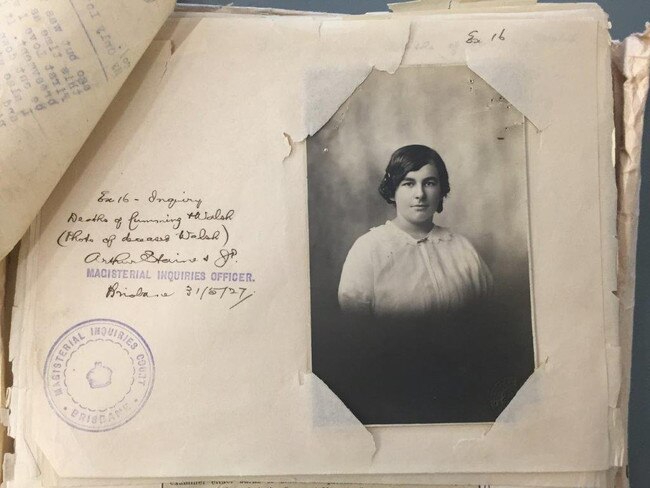
“Don’t you think he ought to be shot!” Herbert claims Mrs Cumming said.
“I am not a judge for that, but don’t you do it,” Herbert allegedly said in response.
“The best advice I can give you is to go up to the Senior Sergeant and put your complaint.”
Herbert already disliked Sgt Cumming, who was regularly assigned to patrol his venue but often spent his shift chasing women rather than policing security.
However, Herbert was not always a man of upstanding character himself.
“A month before the murders Herbert’s charged with selling sly grog,” says Rogers.
As a result, his license to trade was revoked and this wasn’t his first run-in with the law.
Previously, he had been charged with intent to defraud and receiving a bribe while serving for the Australian Imperial Forces in the Great War, and he was under surveillance by the Commonwealth Investigation Branch (now known as ASIO) as a suspected Communist sympathiser and subscriber to funds.
But it was Rogers’ discovery of a large payment received by Herbert in the aftermath of his evidence that perhaps casts the most doubt over his evidence.
“After he gives evidence at the inquiry the council gives back his dance hall on favourable terms, ie zero interest, and gives him £16,000 to make alterations to the premises,” says Rogers.
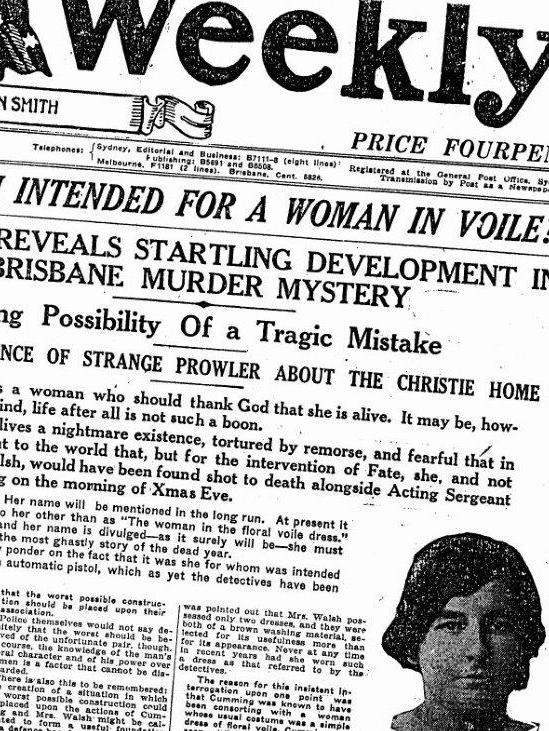
Rogers believes it was no coincidence that James Stopford, the man who influenced council operations as member for Mount Morgan was both Home Secretary and Minister for Police.
Curiously, Sgt. Cumming was seen at the Trocadero hotel on the night before his murder, despite having not frequented the venue for a year prior.
Was the large, unexplained payment and renewal of his inn license a pay-off for his evidence?
If Herbert’s statement was a cover-up, a clue to the true identity of the killer may lie in the explosive information of a woman, known only as Miss X.
Miss X told newspaper the Truth a policeman she was romantically involved with confessed to killing Sgt Cumming. She claimed the officer told her both he and Sgt. Cumming had been romancing the same woman.
According to Miss X, on the night of the murders the officer left her company at approximately 9pm — which would have fit with the shots heard by several witnesses at approximately 9.30pm — but asked her to swear she had been with him until midnight, if anyone asked.
When she saw him the following night the officer seemed distressed and out of sorts. “I have a lot on my mind,” he told her. When she pressed further she claims the man said, “Oh, if only I told you, you would never speak to me again. I am a murderer!”
“I have brought disgrace on you,” Miss X alleges the officer said on another occasion.
“If you don’t leave Queensland I will scatter your brains like I did Cumming’s!”

Although police were said to investigate Miss X’s information, the identity of the officer has never been revealed and despite public pressure police decided the new evidence was not worthy of reopening the magistrate’s inquiry.
However, it’s questionable whether further investigation could have yielded significant results.
Four months after the court case, Queensland’s Central Bureau of Investigation was bombed by an unknown person. All exhibits relating to the high-profile double murder were obliterated.
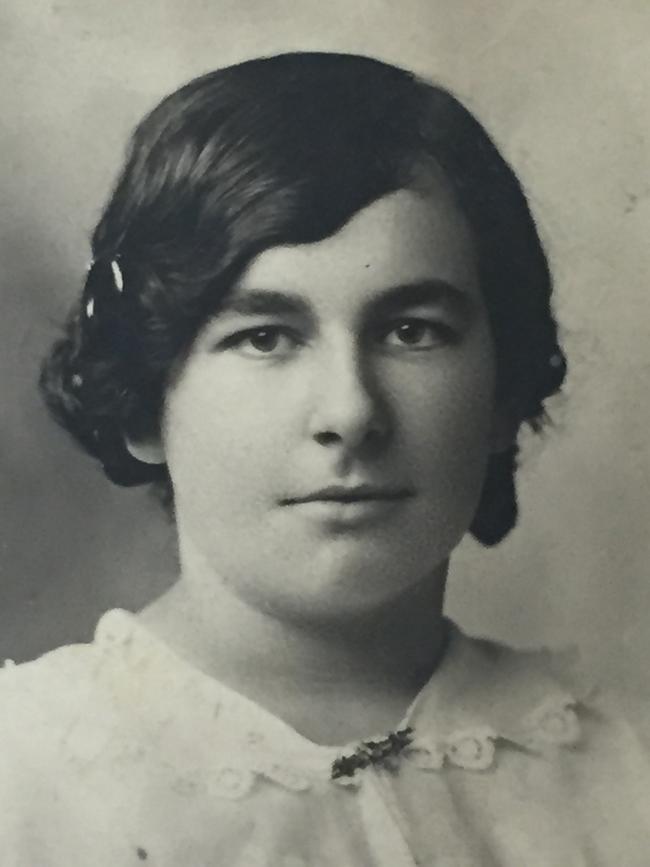
For Rogers, the past decade has yielded more questions than it has firm answers.
If Herbert was lying and received payment as compensation, who put him up to it?
Were the letters in the locker and the card from Eileen authentic or were they forged as part of a complex cover-up?
Who bombed the CBI and was it related to the Walsh-Cumming murders? Who were the two shadowy figures pursuing the policeman and Mrs Walsh? Were they hitmen or was one of them the officer dobbed in by Miss X?
Perhaps Rogers will never solve the great mystery to envelop his family.
What he does know is that somewhere, most-likely tucked away in someone’s box of family heirlooms, there will be a policeman’s belt, handcuffs and keys, and a wedding ring belonging to his great-grandmother, Mrs Eileen Walsh — the last remaining clues to one of Australia’s greatest murder mysteries.

